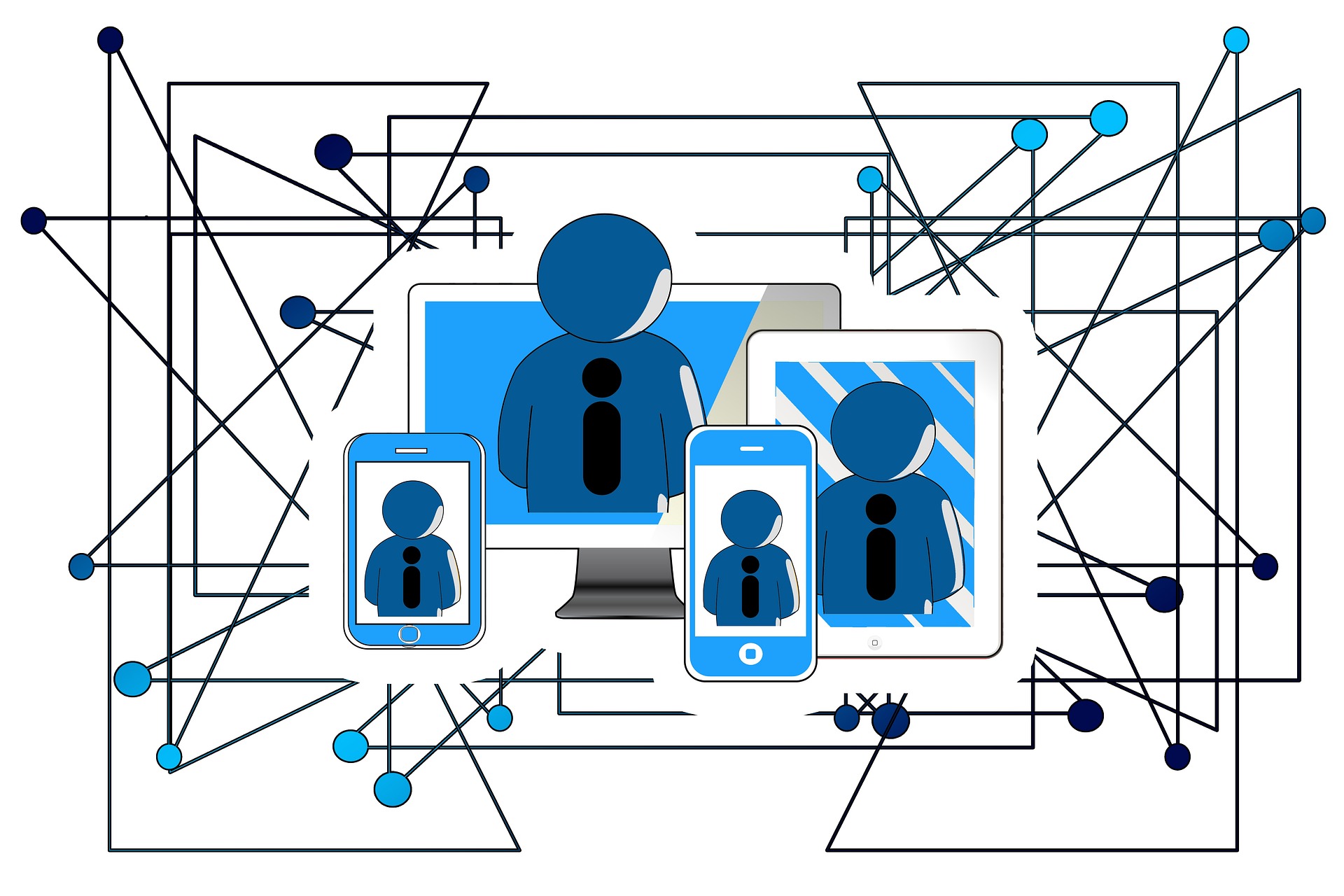"Decoding the Rise of Neo-Tribalism in the Digital Age"
In the age of digital connectivity, a new social phenomenon is taking shape: Neo-Tribalism. This modern form of tribalism is not bound by geography or blood ties but by shared interests, values, and digital platforms. Read below to delve into the fascinating world of Neo-Tribalism, its historical context, current trends, and its profound implications for society.

The Genesis of Neo-Tribalism
Neo-Tribalism, as a term, was first coined in the 1990s, but its roots can be traced back to the earliest human societies. Traditional tribalism was characterized by close-knit communities bound by shared customs, beliefs, and kinship. However, the advent of modernity and globalization led to the dissolution of these tribal structures, giving rise to individualism and a sense of alienation. Neo-Tribalism emerged as a response to this, providing a sense of belonging and community in an increasingly fragmented world.
The Digital Catalyst
The rise of the internet and social media platforms has been a significant catalyst for the growth of Neo-Tribalism. These digital platforms have enabled individuals from across the globe to connect, communicate, and form communities based on shared interests, ideologies, or experiences. From fan clubs and hobby groups to political movements and support networks, these digital tribes offer a sense of belonging and identity that transcends geographical boundaries.
The Societal Impact of Neo-Tribalism
The impact of Neo-Tribalism on society is multifaceted. On one hand, it fosters a sense of community and belonging, providing emotional support and a platform for collective action. On the other hand, it can also lead to polarization and echo chambers, where differing viewpoints are excluded, and biases are reinforced. Despite these challenges, Neo-Tribalism is reshaping our understanding of community and identity in the digital age.
The Future of Neo-Tribalism
As digital connectivity continues to evolve, so too will the nature of Neo-Tribalism. With the advent of virtual reality and other immersive technologies, digital tribes may become even more tangible and influential. However, it will also be crucial to navigate the potential pitfalls of polarization and exclusion. As we move forward, understanding and harnessing the power of Neo-Tribalism will be key to fostering a more inclusive and connected society.
Conclusion
Neo-Tribalism represents a fascinating shift in the way we form communities and define our identities. As we continue to navigate the digital age, it offers both exciting opportunities and significant challenges. By understanding this phenomenon, we can better navigate our interconnected world and work towards a more inclusive and diverse society.





